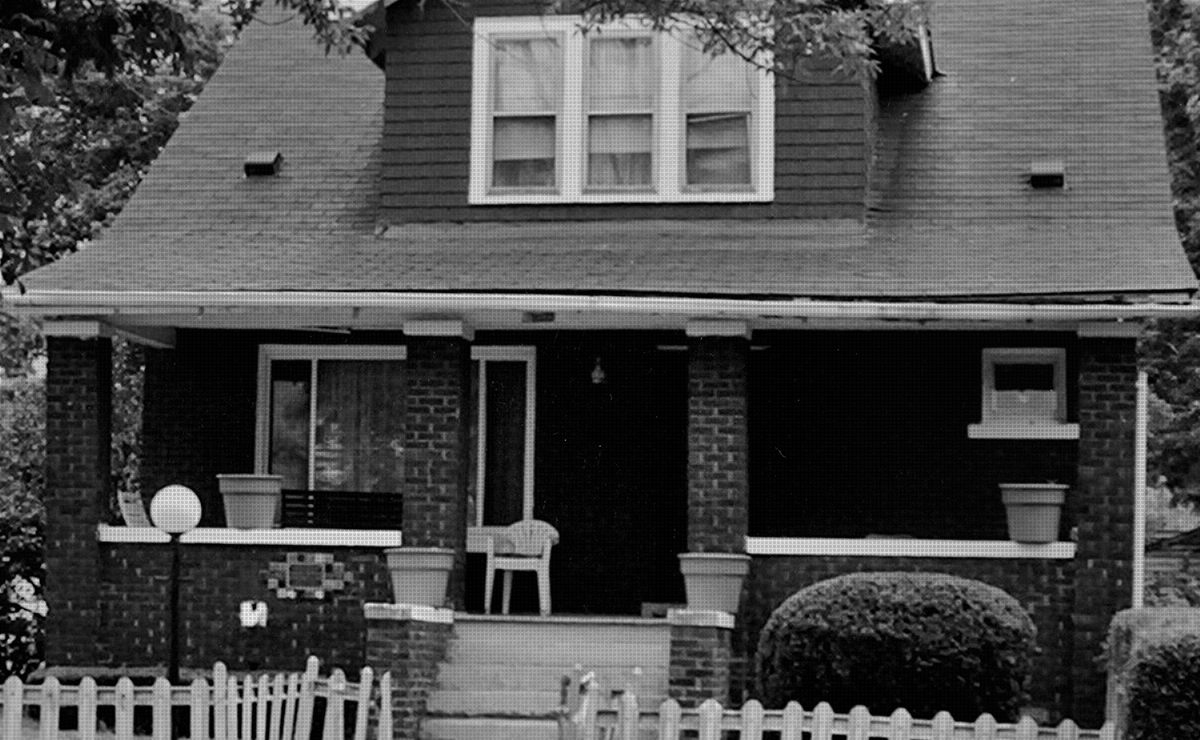Argument of Clarence Darrow in the Case of Henry Sweet: in the Recorders Court, Detroit, Michigan, before the Honorable Frank Murphy, April and May, 1926
(New York: NAACP, 1927).
In 1925, Dr. Ossian Sweet (1895-1960), an African American medical doctor, moved his family into a segregated white neighborhood in Detroit. Throughout America, segregation was maintained informally and formally. Often racial covenants prevented Black Americans from owning houses in white neighborhoods (for example, in the Twin Cities), a legal strategy that could be backed by direct threats and intimidation. In Detroit, a day after the Sweet family moved in, a mob massed outside their home. The crowd threw stones at the residence and shouted epithets; in response, several shots rang out. The shots struck two people outside, killing one. Sweet and his family were indicted for murder.
At a highly publicized trial, Clarence Darrow, the nation's leading defense attorney retained by the NAACP to defend Sweet, argued that Sweet and his family acted in self-defense while in fear of their lives. In spite of false prosecution testimony denying the riot, an all-white jury came back deadlocked after 46 hours. At a second trial, in which only Sweet's brother Henry was tried, the jury acquitted. (For more on the historic trials, see our Darrow Digital Collection for trial documents and other material. See also a Riesenfeld Center blog post on the Sweet trials.)





